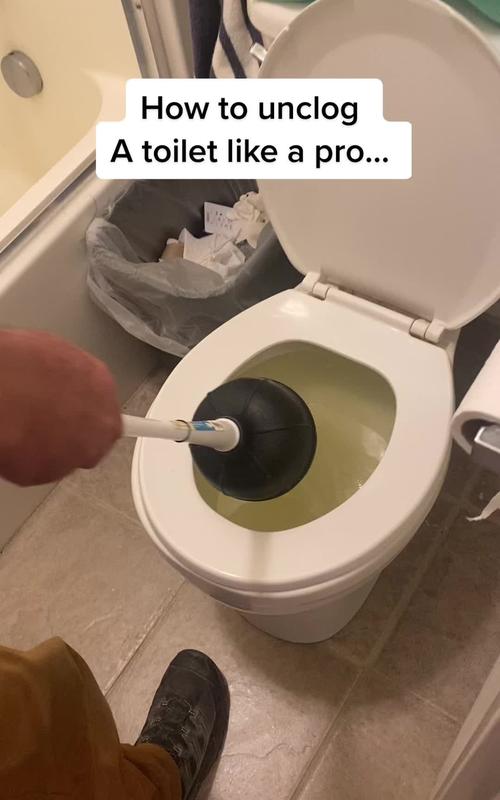
How to Unclog a Toilet
Clogged toilets can be a major inconvenience, but with the right tools and techniques, you can easily fix the problem yourself. Here’s a step-by-step guide on how to unclog a toilet.
Step 1: Assess the Situation
Before you start, it’s important to assess the situation. If the toilet is close to overflowing, it’s best to stop the water flow by turning off the water supply to the toilet. You can usually find the shut-off valve on the wall behind the toilet.
Step 2: Use a Plunger
The most common tool for unclogging a toilet is a plunger. Make sure the plunger is completely submerged in water and then place it over the toilet drain. Plunge up and down vigorously, creating a suction effect to dislodge the clog. Repeat this process several times until the water starts to drain.
Step 3: Use a Toilet Auger
If the plunger is not effective, you can try using a toilet auger. Insert the auger into the toilet and crank the handle to maneuver the head of the auger through the drain, breaking up the clog in the process.
Step 4: Use a Chemical Drain Cleaner
If the clog persists, you can try using a chemical drain cleaner. Follow the instructions on the product carefully, as these cleaners contain harsh chemicals that can be harmful if not used properly.
Step 5: Prevent Future Clogs
Once the clog is cleared, it’s important to take steps to prevent future clogs. You can do this by avoiding flushing large amounts of toilet paper or any non-flushable items down the toilet. You can also consider using a toilet with a more powerful flush to prevent clogs in the future.
Conclusion
Unclogging a toilet may seem like a daunting task, but with the right tools and techniques, you can easily fix the problem yourself. By following these steps and taking preventative measures, you can keep your toilet running smoothly.
- Assess the situation before starting
- Use a plunger to create suction and dislodge the clog
- Try using a toilet auger if the plunger is not effective
- Consider using a chemical drain cleaner as a last resort
- Take preventative measures to avoid future clogs
